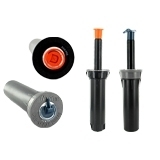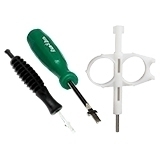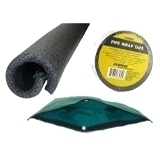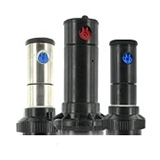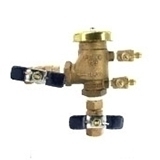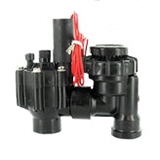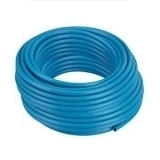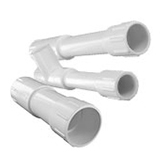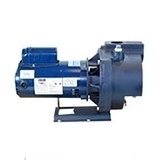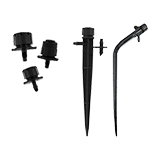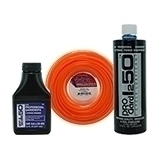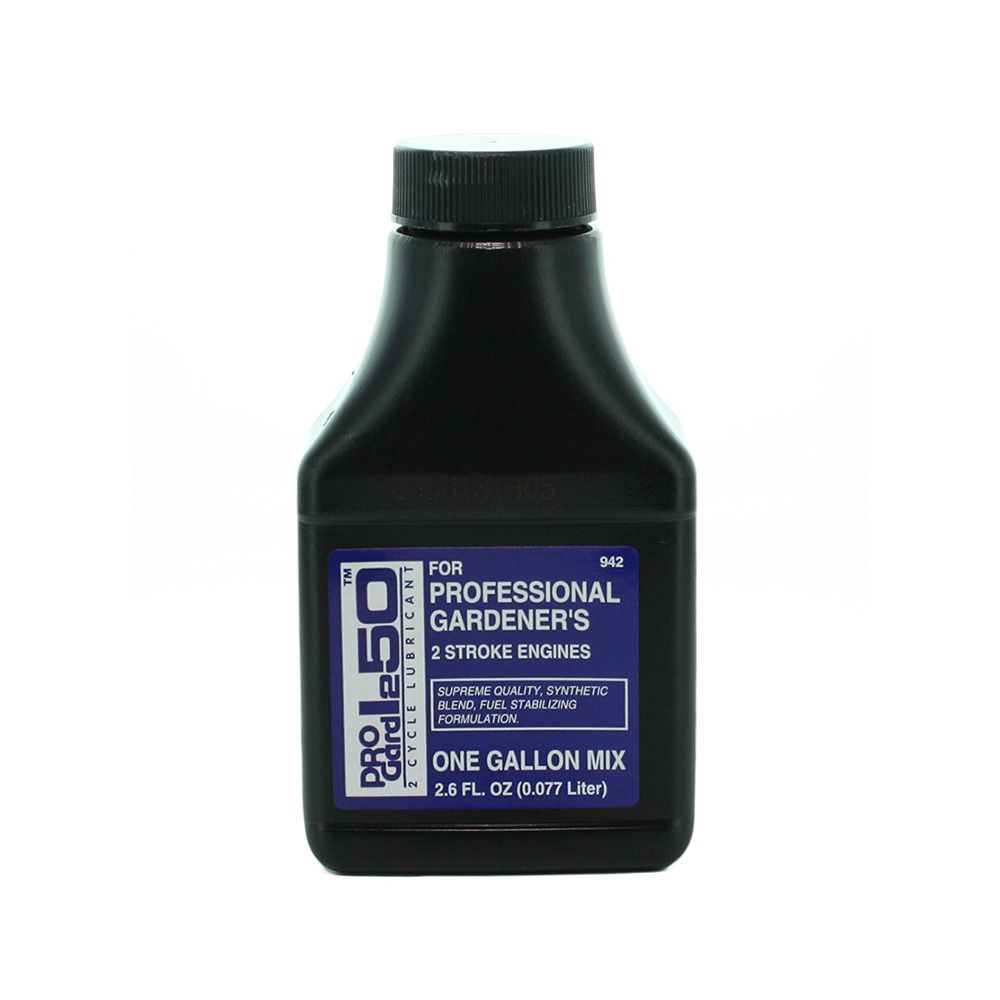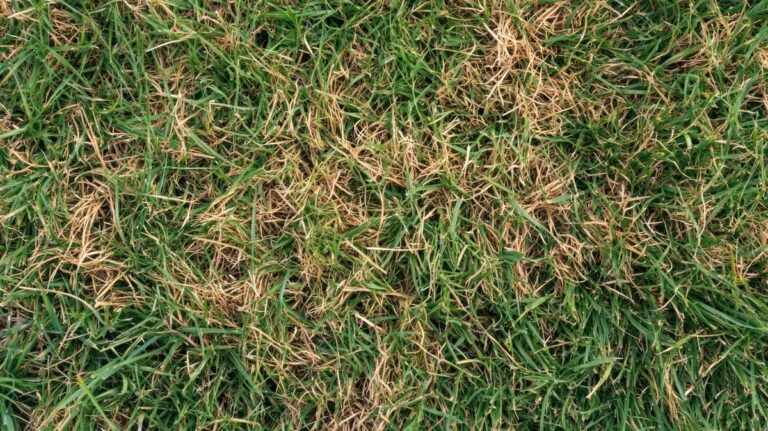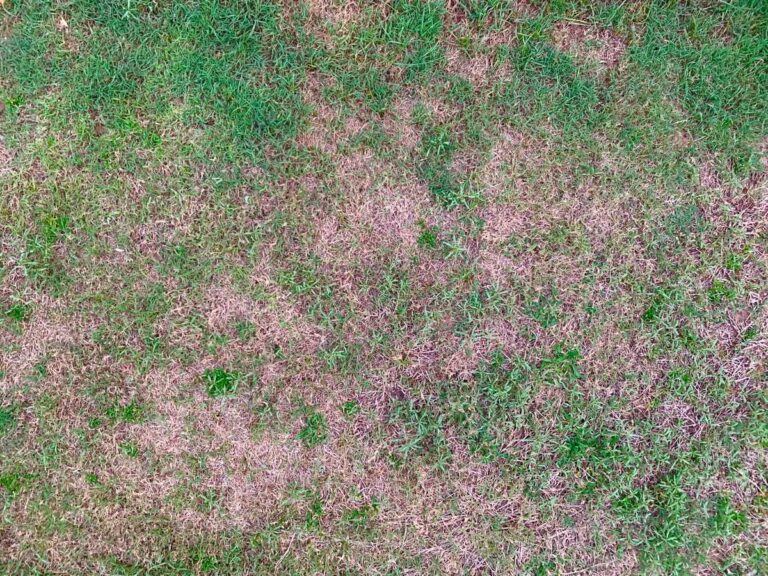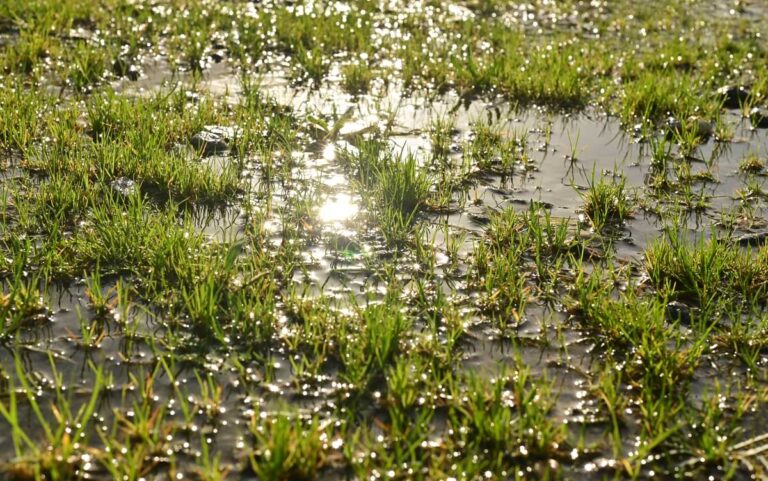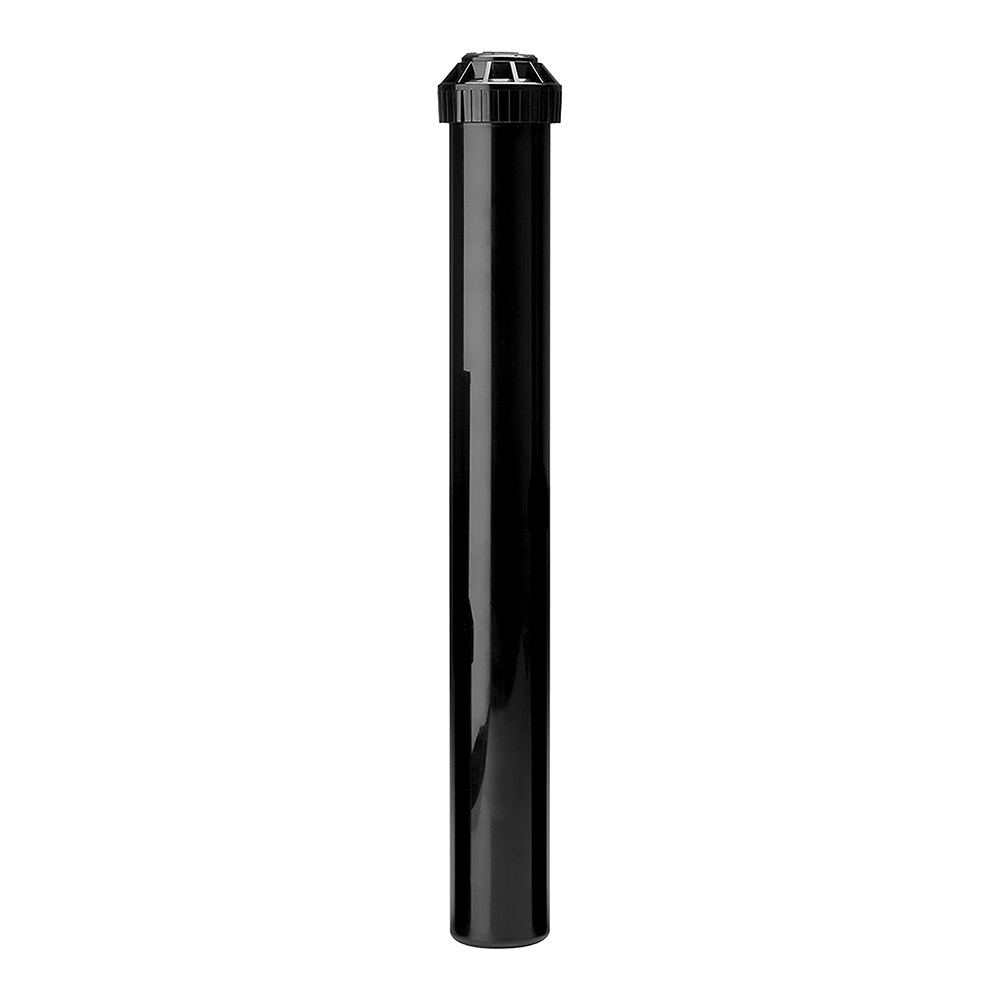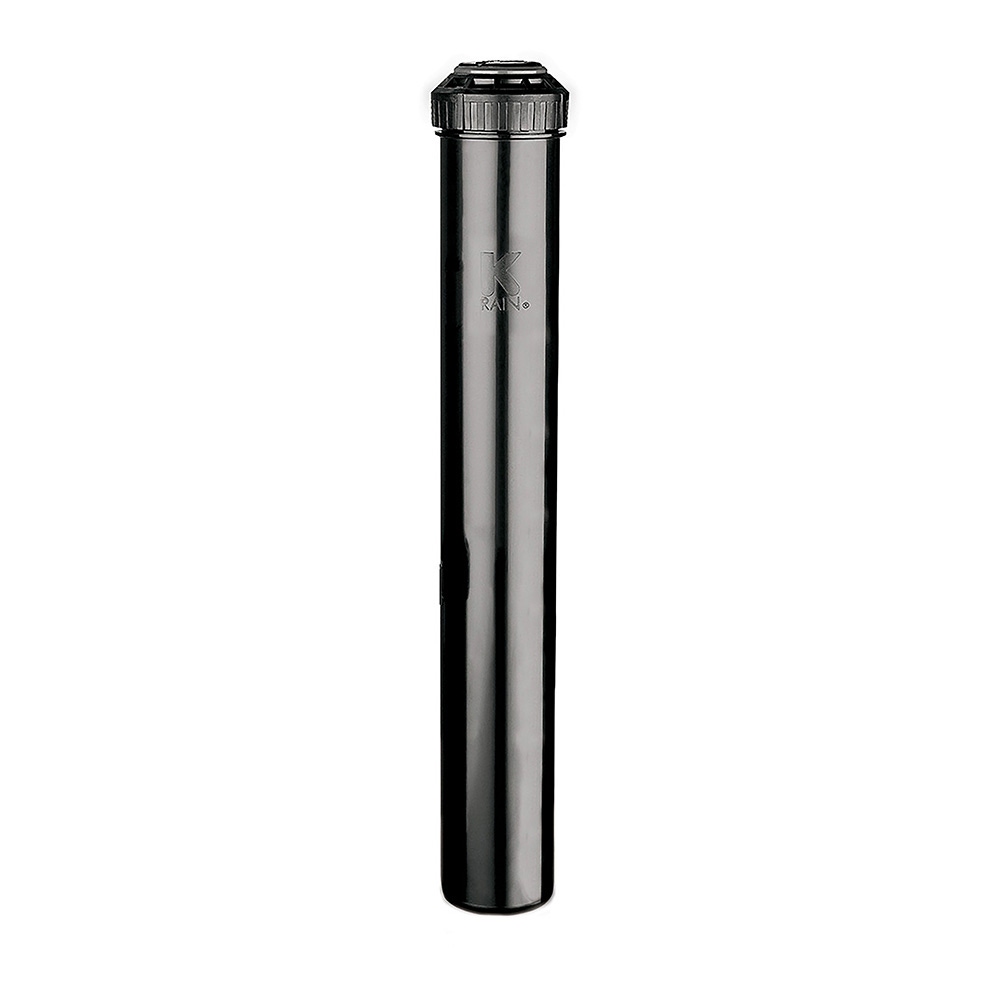Types of Grass Watering Schedules
Lush, green lawns don’t happen by accident. Cultivating a healthy lawn requires mowing, weeding, fertilizing, and most of all, watering. But the best watering schedule isn’t necessarily one-size-fits-all. Different types of grass have varying needs, depending on their growing season, climate, and soil type. Water too little, and your lawn may start to wither and turn brown. Water too much, and you risk disease and shallow roots.
Understanding the specific watering requirements for your grass is key to keeping your yard healthy year-round. Let’s break down some of the most common types of lawn grass and how you can care for them best.
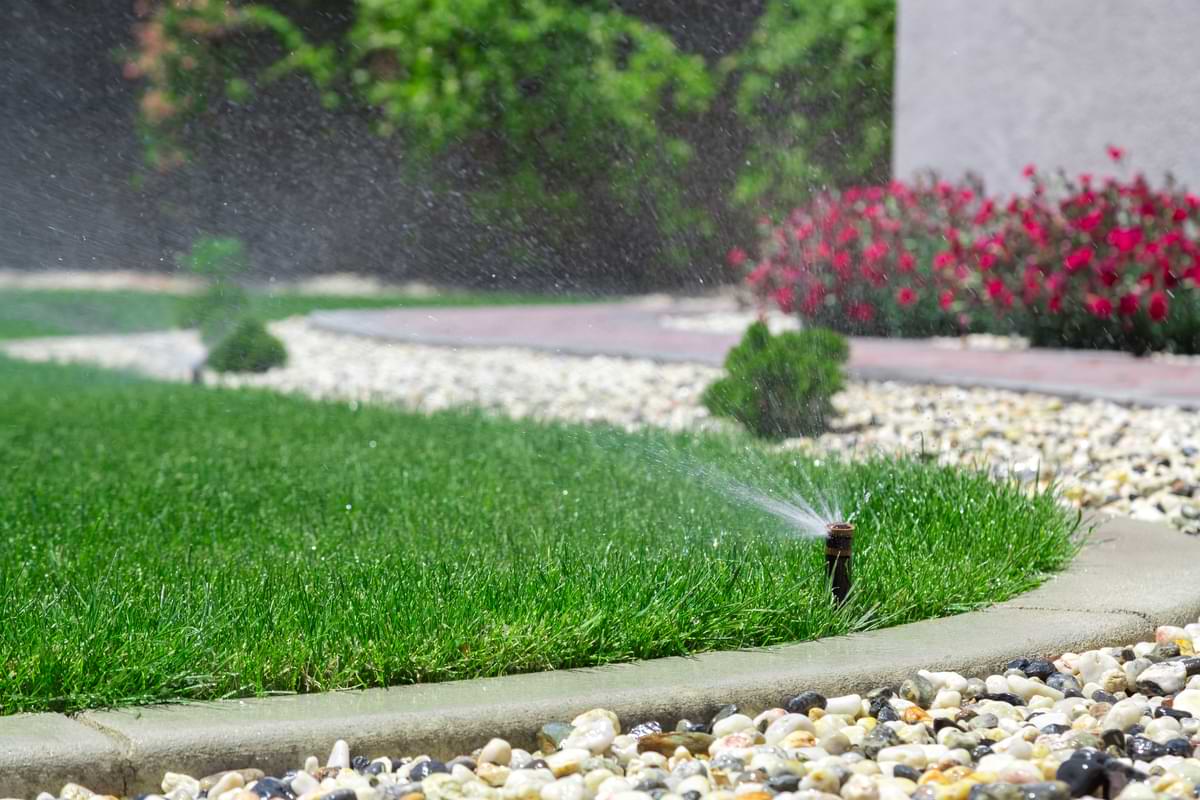
Watering Schedules for Cool-Season Grasses
Cool-season grasses are types of grass that thrive in cooler climates and grow most actively during the spring and fall when temperatures range between 60°F and 75°F. They are typically found in areas where summers are moderate and winters are cold. Cool-season grass can tolerate cold winters and frost better than warm-season grasses, but often needs more water during summer to prevent stress. Here are a few of the most common varieties of cool-season grasses and their recommended watering schedules.
- Kentucky Bluegrass is a popular cool-season turfgrass known for its dense, lush appearance and rich green color. It’s widely used in northern U.S. lawns, parks, and athletic fields due to its appearance and ability to grow thick, making it more resistant to the cold. Kentucky Bluegrass Summer Watering Schedule: 1 to 1½ inches per week
- Tall Fescue is a cool-season grass with a coarser texture than Kentucky bluegrass, but it still forms a thick lawn with a rich green color. It’s especially popular in areas where other cool and warm-season grasses struggle, because of its adaptability to a wide range of climates. Tall Fescue Summer Watering Schedule: 1 to 2 inches per week
- Perennial Ryegrass is a cool-season grass prized for its fine texture and vibrant green color. While it isn’t as drought-tolerant as tall fescue or as cold-resistant as Kentucky bluegrass, it performs well in cool, temperate climates and areas with consistent moisture. Perennial Ryegrass Summer Watering Schedule: 1 inch per week
Watering Schedules for Warm-Season Grasses
Warm-season grasses thrive in hot climates and grow most vigorously during the late spring through summer, when temperatures range between 80°F and 95°F. These grasses are best suited for the southern regions of the United States and other parts of the world with long, hot summers and mild winters. Warm-season grass will usually go dormant and turn brown during the winter, but doesn’t require as much water during hot months. Here are the most common types of warm-season grasses, along with their recommended watering schedules.
- Bermudagrass is a fast-growing, warm-season grass known for its exceptional heat tolerance and ability to recover quickly from damage. It’s a popular choice for lawns, athletic fields, golf courses, and commercial landscapes across the southern U.S. Bermudagrass Summer Watering Schedule: ½ to 1 inches per week
- Zoysia Grass is a dense, durable warm-season grass known for its fine texture and excellent tolerance to heat and foot traffic. It creates a soft, carpet-like lawn that is especially popular in southern climates, where summers are hot but winters can be moderately cool. Zoysia Grass Summer Watering Schedule: ¾ inches per week
- Centipede Grass is a low-maintenance warm-season grass best known for its slow growth and ability to thrive in acidic, sandy soils. It has a light green color, coarse texture, and forms a thick, carpet-like lawn with minimal upkeep. Centipede Grass Summer Watering Schedule: 1 inch per week
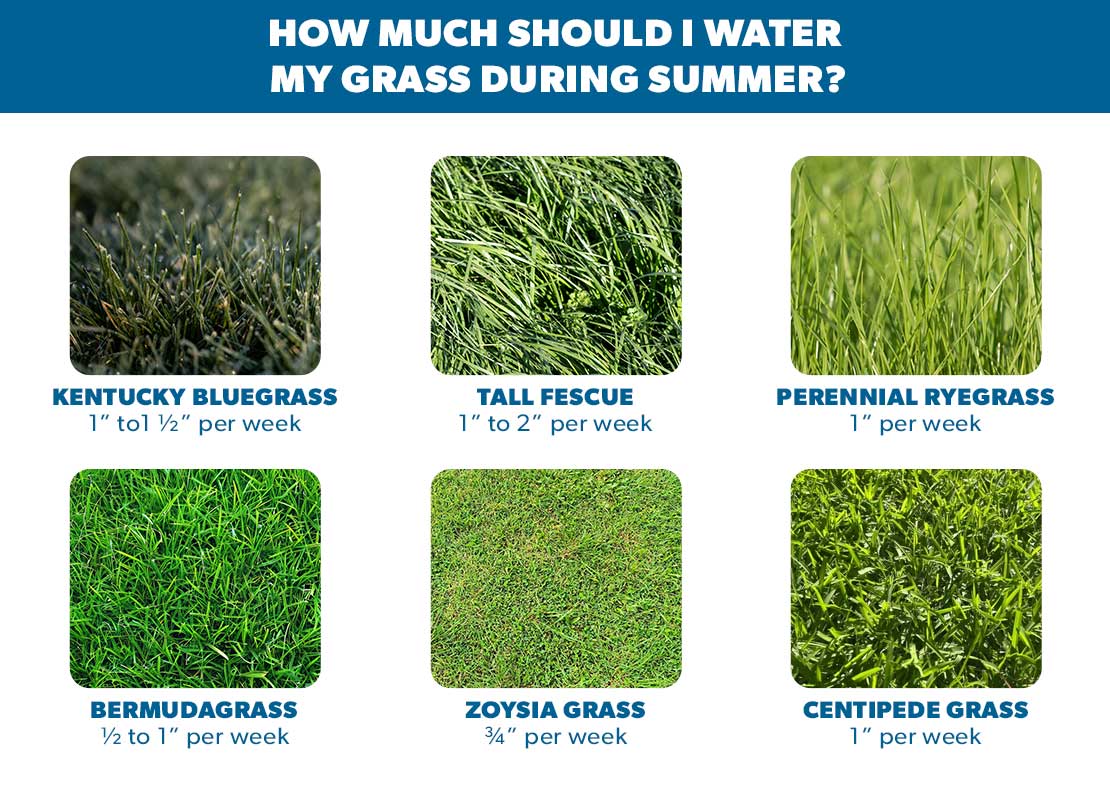
Other Factors that Influence Watering Schedules
The type of grass that you have planted should have an impact on how often you water your lawn, but there are also several other factors that are outside of our control.
- Local Weather Conditions – Hot and dry weather increases evaporation and causes grass to lose moisture faster, requiring more frequent watering. In contrast, cooler temperatures and high humidity slow down evaporation, reducing your lawn’s water needs. Plus, if there’s enough rainfall, you may not need to water at all.
- Soil Type – Sandy soil drains quickly and doesn’t hold moisture as well, so it requires more frequent watering. Clay soil, on the other hand, retains water longer but absorbs it slowly, making less frequent but deeper watering more effective. Loamy soil is best, as it holds moisture well while still draining efficiently.
- Sun Exposure – Areas of your lawn that receive full sun dry out faster due to higher evaporation rates, so they typically require more frequent watering to stay healthy. Shaded areas retain moisture longer and need less water to avoid overwatering and potential fungal issues.
- Grass Age – Freshly laid sod requires frequent watering to keep the top layer of soil consistently moist while roots establish. As the grass matures, its roots grow deeper, allowing it to tolerate less frequent watering.
- Watering Method – Hose-end sprinklers are not always precise and can result in uneven watering. Alternatively, sprinkler systems can provide even coverage and help control water usage. Drip irrigation, though less common for lawns, is highly efficient for targeting specific areas. To make the most of your watering, smart irrigation controllers and rain sensors can adjust for weather conditions, reducing waste.
Making Seasonal Adjustments
While your watering schedule will fluctuate for different types of grass, it may change even more so depending on the seasons. Adjusting your irrigation schedule based on the seasons is critical for maintaining healthy plants and conserving water. To summarize, in spring and summer, plants require more water due to active growth and higher temperatures, while watering needs decrease in late summer and fall as growth slows and plants prepare for dormancy.
For a deeper dive on this topic, you can read more about how to Adjust Your Watering Schedule by Season on our website.
Technology for Watering Grass
Technology can significantly improve grass watering by making it more efficient and environmentally friendly. Here are a few modern innovations that can help maintain a healthy lawn while lowering your utility bill:
- Smart controllers can adjust your watering schedule in real-time based on current weather data and soil moisture levels, thereby reducing water waste. Many smart controllers can be managed through a smartphone app, allowing you to monitor and change settings remotely.
- Soil moisture sensors measure how wet the soil is at the root level. When connected to an irrigation system, these sensors can signal when the soil is too dry and needs watering, or when it’s already moist enough and watering isn’t necessary.
- Rain sensors automatically pause your irrigation system when they detect rainfall. This prevents unnecessary watering during or shortly after rain, saving water and protecting your lawn from being overwatered.
The Best Time to Water Your Grass
A healthy lawn starts with understanding your grass. Whether you’re nurturing cool-season varieties through the summer heat or supporting warm-season grasses during peak growth, a consistent grass watering schedule is essential.
| Grass Type | Cool or Warm Season | Location | Summer Watering |
| Kentucky Bluegrass | Cool-Season Grass | Northern U.S. & Midwest | 1 to 1½ inches per week |
| Tall Fescue | Cool-Season Grass | Transition Zone & Northern U.S. | 1 to 2 inches per week |
| Perennial Ryegrass | Cool-Season Grass | Pacific Northwest & Northeast | 1 inch per week |
| Bermudagrass | Warm-Season Grass | Southern U.S., Deep South | ½ to 1 inches per week |
| Zoysia Grass | Warm-Season Grass | Transition Zone & Southern U.S. | ¾ inches per week |
| Centipede Grass | Warm-Season Grass | Gulf Coast States | 1 inch per week |
Watering FAQs for Lawn Care
How often should I water Bermuda grass?
Bermuda grass thrives with 1 to 1.5 inches of water per week, split into 2–3 sessions. Water deeply to encourage strong root growth, especially during warmer months. Adjust based on rainfall and seasonal changes.
How much water does Kentucky bluegrass need?
Kentucky bluegrass requires about 1 to 1.5 inches of water weekly, typically divided into 3 sessions. It prefers consistent moisture but can go dormant in drought conditions, reviving with proper watering once resumed.
How frequently should I water Tall Fescue?
Tall Fescue should receive 1 to 1.5 inches of water weekly, ideally spread across 2 watering sessions. Its deep root system makes it more drought-resistant, so water deeply rather than frequently.
Does St. Augustine grass require a lot of water?
Yes, St. Augustine grass needs 1 to 1.5 inches of water weekly, divided into 2–3 sessions, particularly in hot climates. Use deep watering to keep it lush, and adjust your schedule based on rainfall and humidity levels.



